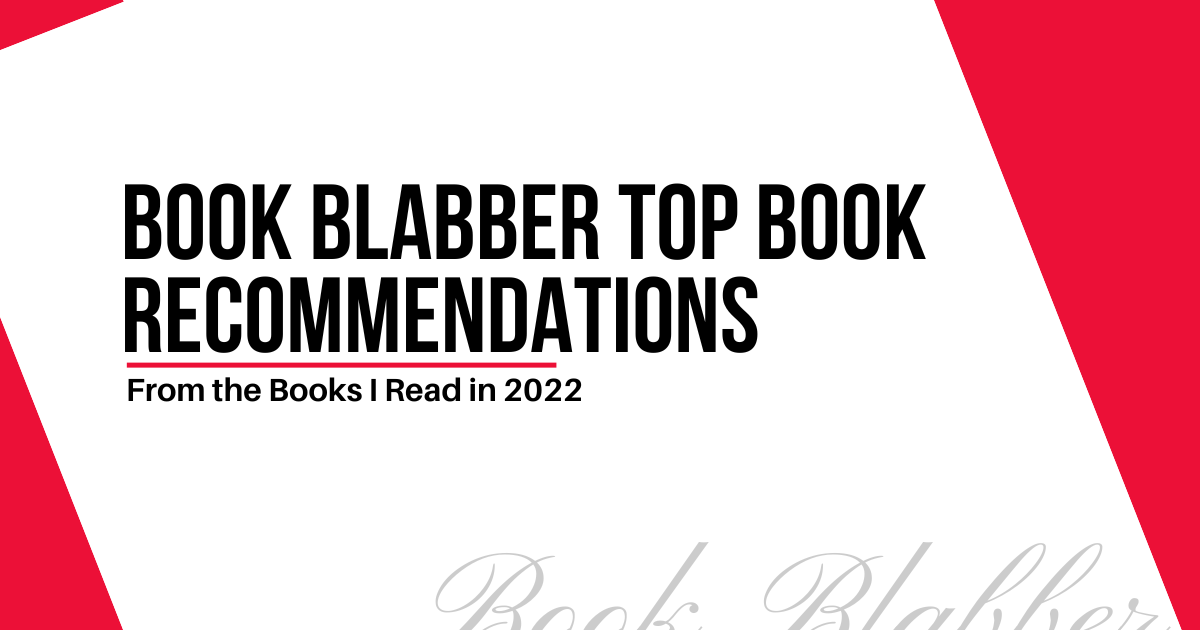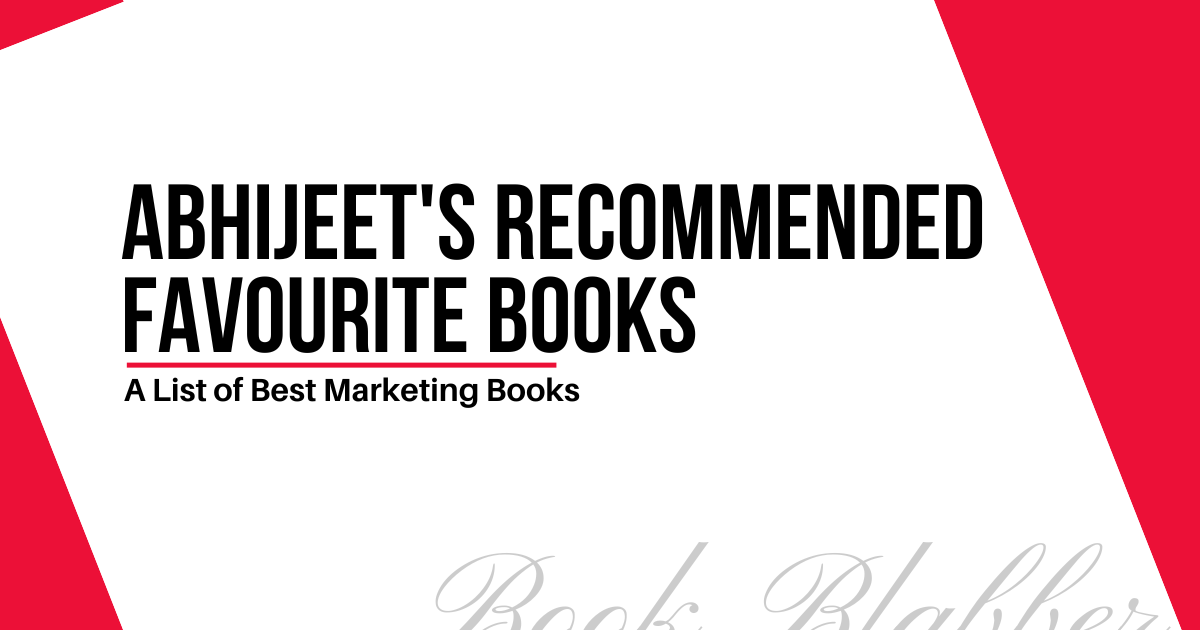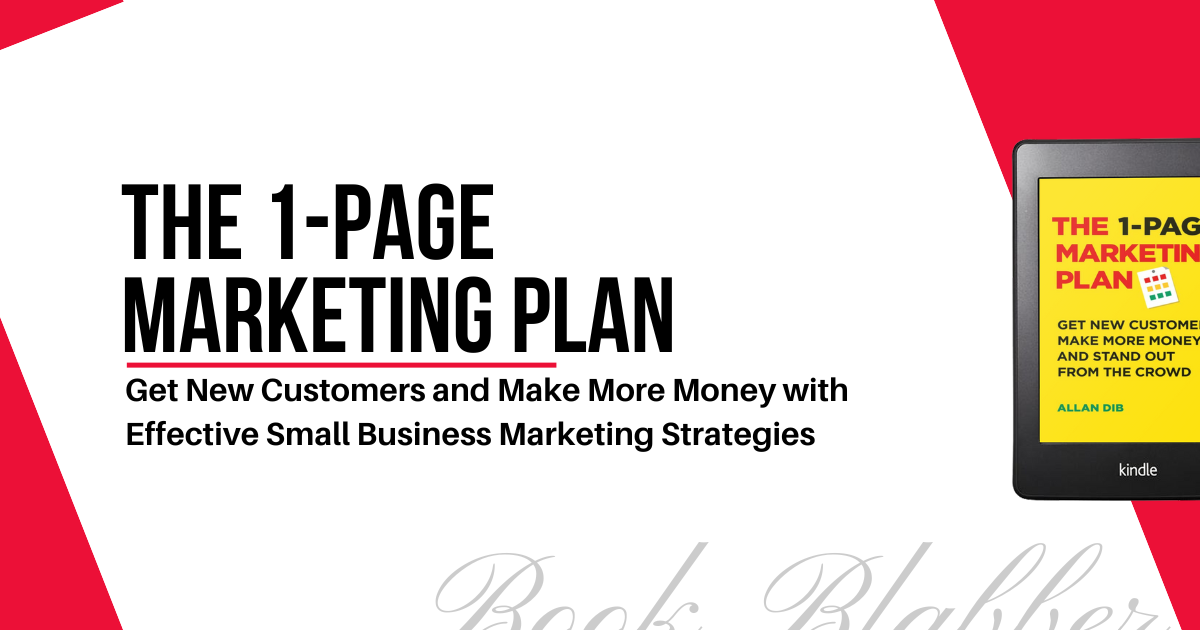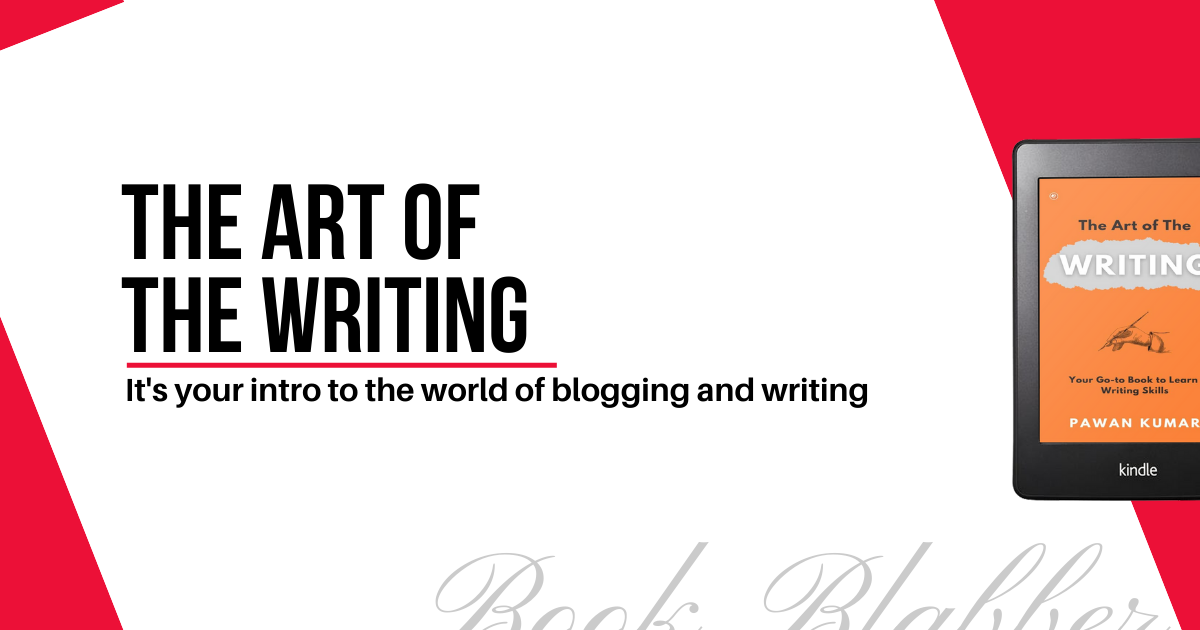Positioning Book Summary: 37 Lessons to Learn

The Positioning book is essentially a book on advertising/marketing/branding, but it found itself a new topic to grow: Positioning. And it did well. This article is a Positioning Book summary with its top lessons.
It isn't the first book on the topic, but it found the gap in the market to put itself in. It explains the theory (with examples, of course), but it also gives specific lessons about varied scenarios. It’s probably the best book on positioning.
Check Positioning on Goodreads
In this article, I’m listing some of the most important lessons from the book. Al Ries’ Positioning, although old, is extremely insightful.
Let’s check them out.
1) Positioning is not what you do to a product. Positioning is what you do to the mind of the prospect.
2) You look for the solution to your problem not inside the product, not even inside your own mind. You look for the solution to your problem inside the prospect's mind.

3) Many products are sold, few are positioned.
4) The essence of positioning thinking is to accept the perceptions as reality and then restructure those perceptions to create the position you desire.
5) The first thing you need to “fix your message indelibly in the mind” is not a message at all. It's a mind. An innocent mind. A mind that has not been burnished by someone else's brand.
6) You have to build a leadership position in the prospect's terms. The essential ingredient is getting into the mind first.
7) You build brand loyalty in a supermarket the same way you build mate loyalty in a marriage. You get there first and then be careful not give them a reason to switch.
8) If you can't be first in a category, then set up a new category you can be first in.
9) Every advertisement is a long-term investment in the image of a brand. – David Ogilvy

10) To go against an industry leader, take advantage of whatever position you already own in the minds of your prospects and then relate it to a new position in the industry.
11) A competitor that wants to increase its share of the business must either dislodge the brand above or somehow relate its brand to the other company's position.
12) Owning a position in the mind is like owning a valuable piece of real estate. If you give it up, you might find it's impossible to get it back again.
13) One prime objective of all advertising is just to heighten expectations. To create the illusion that the product or service will perform the miracles you expect.

14) The No. 2 company thinks the road to success is to introduce a me-too product, only better. But it's not enough to be better than the competitor.
15) To take a lead, look for the gap and fill it. It can be about: size, premium price, affordable price, gender, timing, age, time of day or distribution strategy.
16) Positioning theory says you must start with what the prospect is already willing to give you. It's not size that makes a company strong. It's mental position which contributes to market share that makes a company strong.
17) Keep in mind that you have to fill the gap in prospect's mind, not your own factory.

18) When a competitor introduces a radically new concept, you block them by moving aggressively to cover the new product before it becomes established in the prospect's mind.
19) The single most important marketing decision you can make is what to name the product. The name is the hook that hangs the brand in the prospect's mind.
20) When the name is bad, things tend to get worse. When the name is good, things tend to get better.
21) Each brand is uniquely positioned to occupy a certain location in the mind of the prospect. To take care of new competitive products, introduce another product brand.

22) To add new products or services to your existing portfolio, you can also get company a new broader name that covers them all.
23) Line extension – taking the name of an established product and using it on a new one – is a disaster. It makes you lose the brand position you own in your prospects' mind. They are satellites to the original brand name. Their only contribution is to blur the position occupied by the original name. Often with catastrophic results.
24) Never be afraid of conflict either. The crux of a repositioning program is undercutting an existing concept, product or person.
25) “We're better than our competitors” isn't repositioning. It's comparative advertising and not very effective.

26) For a repositioning strategy to work, you must say something about your competitor's product that causes the prospect to change their mind. Not about your product, but about the competitor's product.
27) You must conserve your anonymity until you are ready to spend it. An unknown company with an unknown product has much more to gain from publicity than a well-known company with an established product.
28) Six questions to ask to run a successful positioning program:
- What position do you own?
- What position do you want to own?
- Whom must you outgun?
- Do you have enough money?
- Can you stick it out?
- Do you match your position?
29) A successful positioning program requires a major long-term commitment by the people in charge. The best corporate positioning programs go beyond just a definition. They do the job with actions, not just words.
30) Positioning requires you to oversimplify your communications. Confusion is the enemy. Simplicity is the holy grail.
31) To cut through the prospect's wall of indifference, you must select one specific concept to hang your hat on.
32) Positioning exercise is a search for the obvious.
33) The only sure way to success is to find yourself a horse to ride. The first horse to ride is your company. The second is your boss. The third is a friend. The fourth; idea. The fifth; faith. And the sixth and the last horse is you; yourself.
34) The winningest jockeys are not necessarily the lightest, the smartest or the strongest. The best jockey doesn't win the race. The jockey that wins the race is usually the one with the best horse.

35) It's far easier to memorize written material if we reinforce the aural component. The mind works by ear.
36) Language is the currency of the mind. With the right choice of words, you can influence the thinking process itself.
37) You must be careful of change. Instead of turning the wheel to meet each fresh wave, a company must point itself in the right direction.
Those were all the lessons from this Positioning book summary. The book provides insights into positioning types, brand positioning guidelines and positioning in marketing. It’s the best book about positioning.
Liked the article?
Join Book Blabbers WhatsApp group to bond over books, memes and quotes.
Subscribe to Book Blabber's Bulletin to get book summaries, reading tips and occasional hugs in your inbox.





Comments